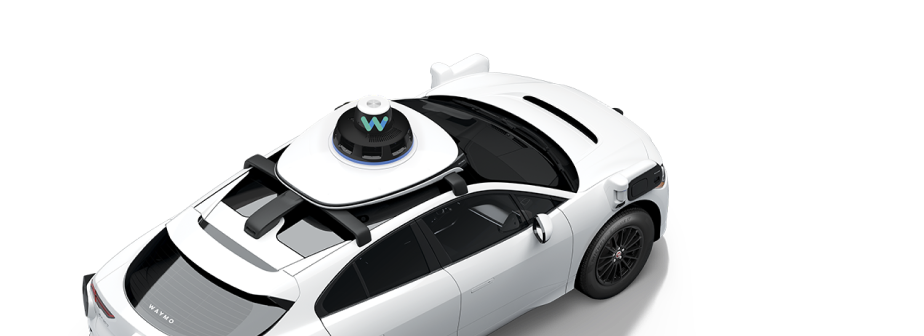Expanding our testing in San Francisco
Waymo’s story starts in the San Francisco Bay Area. Since early 2009, when we completed our first 1,000 autonomous miles across California, we’ve driven the length and breadth of the region, becoming intimately familiar with the many unique challenges of driving in San Francisco and the surrounding area.
We’ve also worked closely with various members of the community, from local authorities and community groups to our fellow road-users, to deepen our understanding of the needs of the city’s residents. For example, in fall 2020, we surveyed nearly 1,000 San Franciscans to understand their transportation needs. When asked to name factors making it hard to get around the city, 63 percent of respondents pointed to dangerous drivers, 74 percent to parking and 57 percent to stressful commutes. Worryingly, nearly a quarter didn't feel safe on San Francisco’s roads at all.
Autonomous vehicles promise to change this, revolutionizing our cities by making transport safer, cheaper, and easier to access. But deploying autonomous driving technology to get there – perhaps one of the greatest engineering problems of our time – isn’t possible without developing a deep understanding of the nature of the challenges it must master.
Building the most advanced technology stack for urban driving
In San Francisco, that means tackling the city’s iconic topographical variety – from rolling hills to sandy ocean highways, tiny side streets to huge freeways, bike lanes to tram tracks, and everything in between.
It also means learning how to handle the city’s other road users safely. San Francisco’s streets are busy with traffic, pedestrians, cyclists, scooters, and emergency vehicles – and that’s not to mention the cable cars, trolleys, streetcars and light rail vehicles that define the cityscape.
Building an autonomous driving service that can tackle this complexity safely and effectively is an enormous engineering challenge. Over the past decade, we’ve tested our technology in dozens of cities to build up the most mature technology stack in the industry – one advanced enough to power the US’s only public commercial ride-hailing service in Phoenix, Arizona, with no human controlling the vehicles either in-car or remotely.
Throughout that time, we’ve also been gearing our technology to drive in dense cities such as San Francisco. To give just a few examples:
We’ve optimized the Waymo Driver’s 360° vision system and lidar to navigate the complexities of urban driving. Our highly sensitive cameras can spot traffic lights changing at a long distance – even among the papel picado on 24th Street – to enable smooth driving. And our cameras and lidar can instantly spot a pedestrian sprinting across our path and act appropriately – even when they emerge suddenly from behind a vehicle in the oncoming lane.
We’ve also designed our software to reason about the context, which is essential for driving safely in busy cities. Our perception system lets our Driver know how to handle a pedestrian, a tree – and a pedestrian carrying a Christmas tree. If we pull up next to a bus by a crosswalk on Beach Street in Fisherman’s Wharf, our Driver can reason that hidden passengers may be getting off, and that they may soon cross the street.
We’re also building greater flexibility into our driving software to handle unexpected changes to the road. If we’re driving on 19th Avenue during road work and our sensors spot traffic cones and road work signs, our perception system understands that they are guiding us out of the usual lane, and our planning and routing systems can automatically update the vehicle’s route to navigate the new layout.
Making continual improvements to our technology
We’re now accelerating the development and testing of our technology in cities, so we can one day bring the benefits of fully autonomous driving to more people.
Well before we deploy a commercial service, our team provides feedback on the product experience, allowing us to validate the progress we’re making and continue improving the rider experience. We’ve now started limited rider testing in San Francisco with Waymo employee volunteers to gather feedback and continue to improve our technology. We’re conducting this testing with enhanced COVID-19 protocols to ensure the safety of everyone involved.
Over the next few months, we’ll share further details about how we’re optimizing our technologies to tackle driving in San Francisco.


